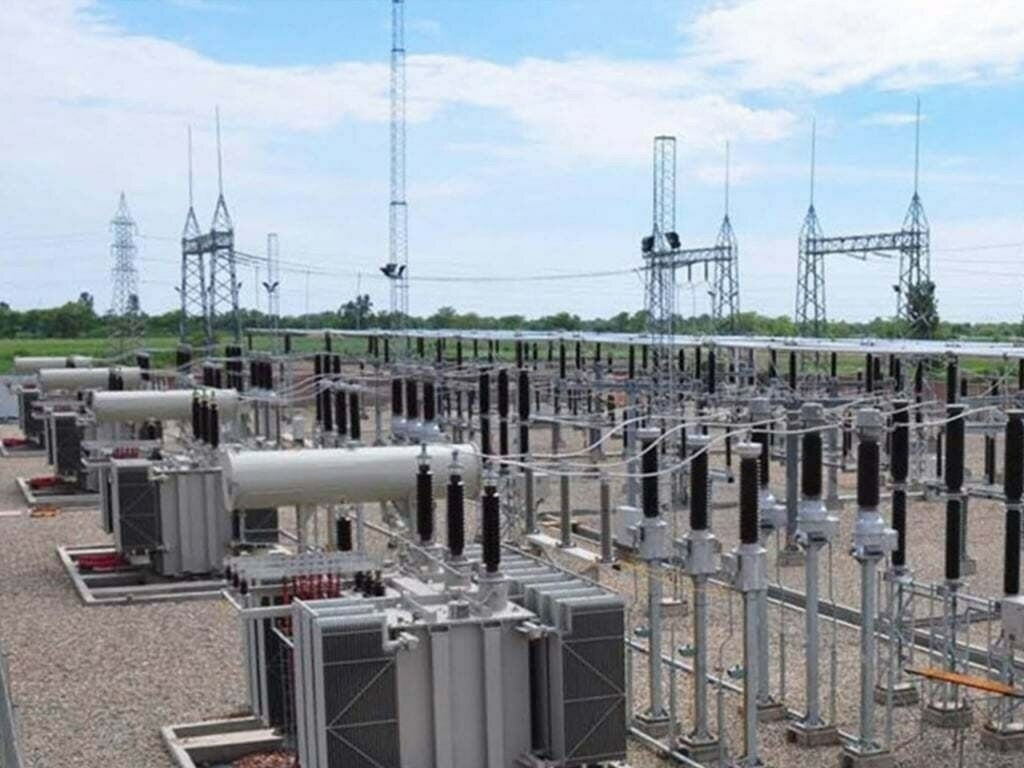The United States’ response to the Jan. 28 attack on Tower 22 in Jordan, attributed to the Iran-backed Islamic Resistance in Iraq, was described by National Security Council spokesperson John Kirby as a “tiered approach.” This attack resulted in the deaths of three American soldiers and the injury of 40 others.
President Joe Biden aims to degrade the group’s capability to target U.S. troops and facilities, intending to send a strong message to their backers, particularly Iran’s Islamic Revolutionary Guard Corps (IRGC).
Following the attack, the Pentagon conducted airstrikes on Feb. 2, targeting over 85 sites linked to the IRGC and its affiliated militias. These strikes aimed at destroying command-and-control centers, intelligence facilities, and munition supply chains.

Navigating the Escalating Tensions: U.S. Response to Iran-Backed Attacks in the Middle East (Credits: The New York Times)
While casualty figures varied, the majority of fatalities were local fighters, with some Afghan members of Liwa Fatemiyoun also affected. However, Hussein al-Mosawi of Harakat al-Nujaba claimed that the targeted sites in Iraq lacked significant military presence during the attacks.
Notably, none of the 85 targets were located in Iran, and there were no reported casualties among IRGC members. In contrast, Israel carried out airstrikes in Syria, targeting IRGC advisors and Hezbollah fighters. Despite these actions, Iranian proxies continued to launch attacks against U.S. bases, including suicide drone assaults intercepted by U.S. forces.
The situation extended beyond the Middle East, with Houthi rebels in Yemen responding to U.S.-UK strikes by targeting commercial and military vessels in the Red Sea and Gulf of Aden, even employing subsurface vessels against Saudi naval forces. In Syria, a drone strike on the al-Omar oilfield resulted in casualties among U.S.-backed fighters, highlighting ongoing tensions.
Despite the strikes, Iran remains the central player in these conflicts. The reluctance of the Biden administration to directly target Iranian interests may have emboldened Tehran to continue its proxy attacks. While the administration emphasizes its desire to avoid wider conflict, Iran perceives this as a signal of restraint rather than weakness.
Moving forward, there are calls for a more decisive approach from the U.S., with suggestions that targeting key Iranian proxies and leaders directly may be necessary to convey a stronger message. As tensions persist and Iran prepares for potential further actions, there are growing calls for a recalibration of the U.S. strategy to effectively deter Iranian aggression and protect American interests in the region.























